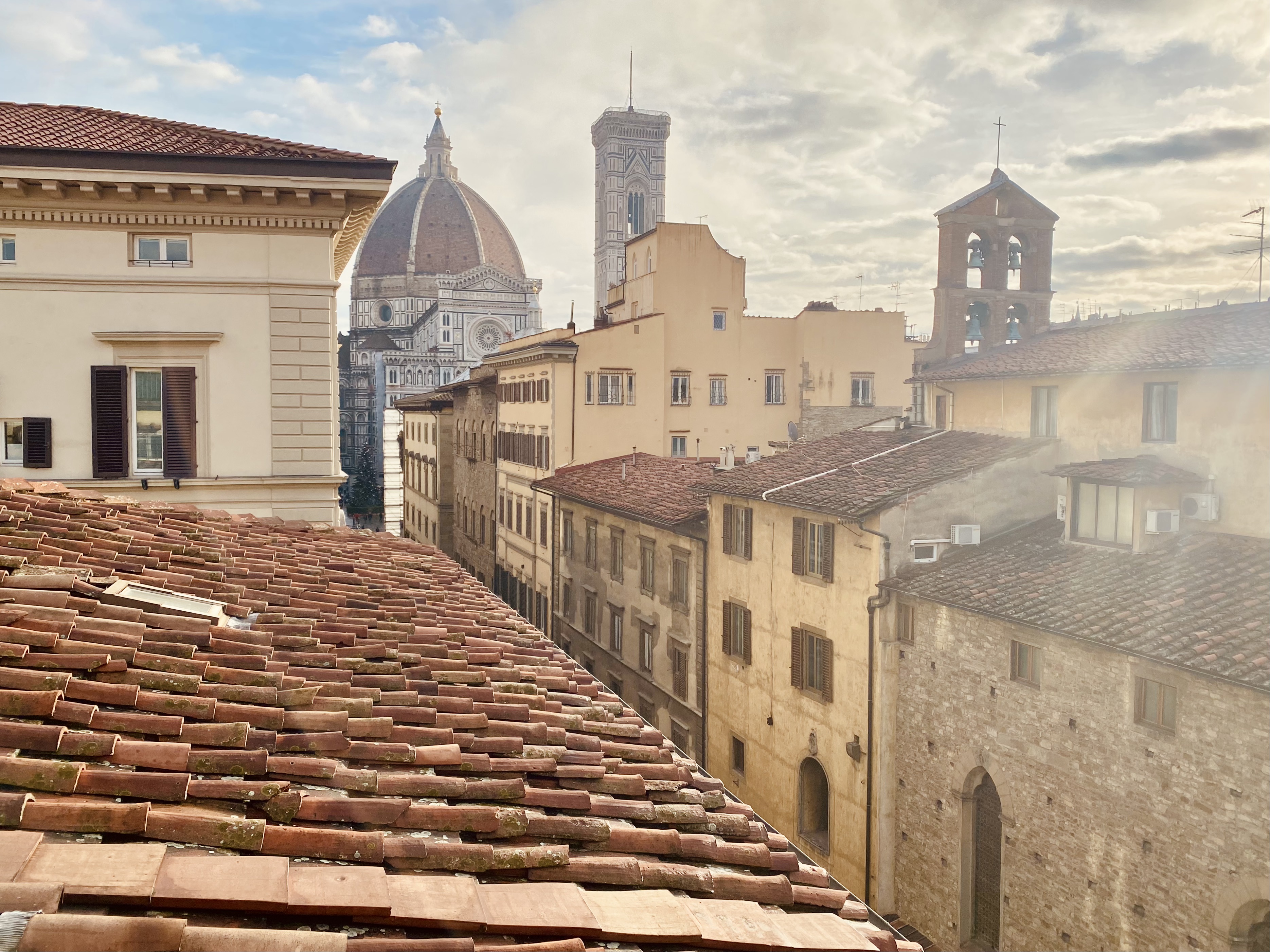Fostering innovation at work: fresh takeaways inspired from the Italian Renaissance

700 years ago, the Medici family led Florence into a burst of prosperity and creativity that sparked the Renaissance. It was a revolution of innovation that swept the globe and established modern western civilization. The Renaissance transformed architecture, engineering, and mathematics. It gave birth to the scientific method, established modern-day bookkeeping, and created the concept of capital. It even transformed how we understand ourselves, from the relgious paradigm of the medieval age to contemporary humanism.
So, entire age of innovation happened under the care of the Medicis in just a few hundred years. How did they do it? Here are four takeaways modern-day businesses can use to innovate at work:
1. Promote iteration: today, we may call it continuous improvement, agile transformation, or Lean — but they are all methodologies based on notions of iteration and testing well established during the Renaissance. Consider Michelangelo, Botticelli, and Leonardo. They’re well known for their genre-defining works. But their masterpieces were the final results of a practice of ongoing sketches, prototypes, and good-old shelving of projects that got stuck and were doomed to failure.
2. Cultivate cross-disciplinary study and collaboration: today, we call them “T-shaped SMEs” — Subject Matter Experts with deep expertise and broad, generalist skills. During the Renaissance, cross-disciplinary T-shaped experts were the norm: painters were also sculptors, engineers, goldsmiths, and mathematicians. Under the Medicis, artists collaborated in shared studio spaces with regular demo days and visiting lecturers.
3. Outmanouever politics: handle the sticky stuff, so your team can focus. Since the Medicis had no standing army, they regularly oiled the gears of politics, keeping hostile dukes, lords, and politicians at bay to keep Florence safe.
4. Cultivate productive tension: don’t suppress healthy conflict or the respectful competition of ideas that can break past the average and drive innovation. The Renaissance sprang from tension: between the church and humanism, patrons and creatives, and often between artisans and creatives themselves. Brunelleschi, for example, failed to win the competitive commission for the bronze doors of Florence’s Bapistery. And he turns towards architecture instead, and builds his masterpiece, the dome of the Florence Cathedral.
